




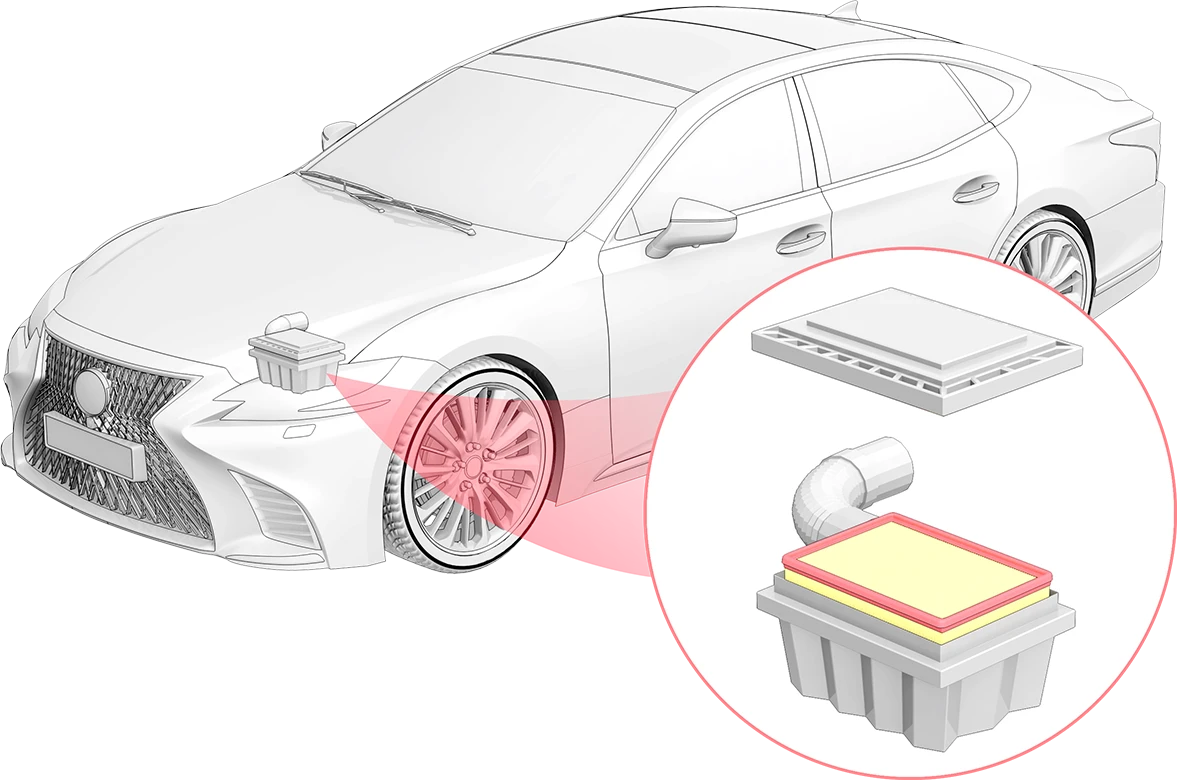


Air filters for passenger cars are now most commonly produced as a flat panel whith the filter cell placed inside.
The key cell of an air filter is the filtering material. The filtering material is placed in pleats to increase the working area. The more pleats in the filter, the better the throughput and dust holding capacity. The filter is complemented by stiffening ribs, which prevent deformation of the screen in case of a powerful air flow at high engine speeds.
The filter is securely fixed in its enclosure using a special polyurethane seal, which prevents air from passing past the filter cell.
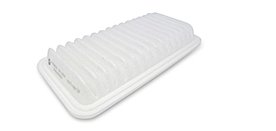
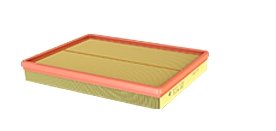
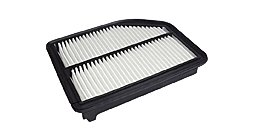
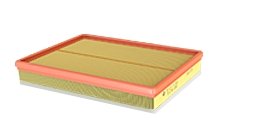

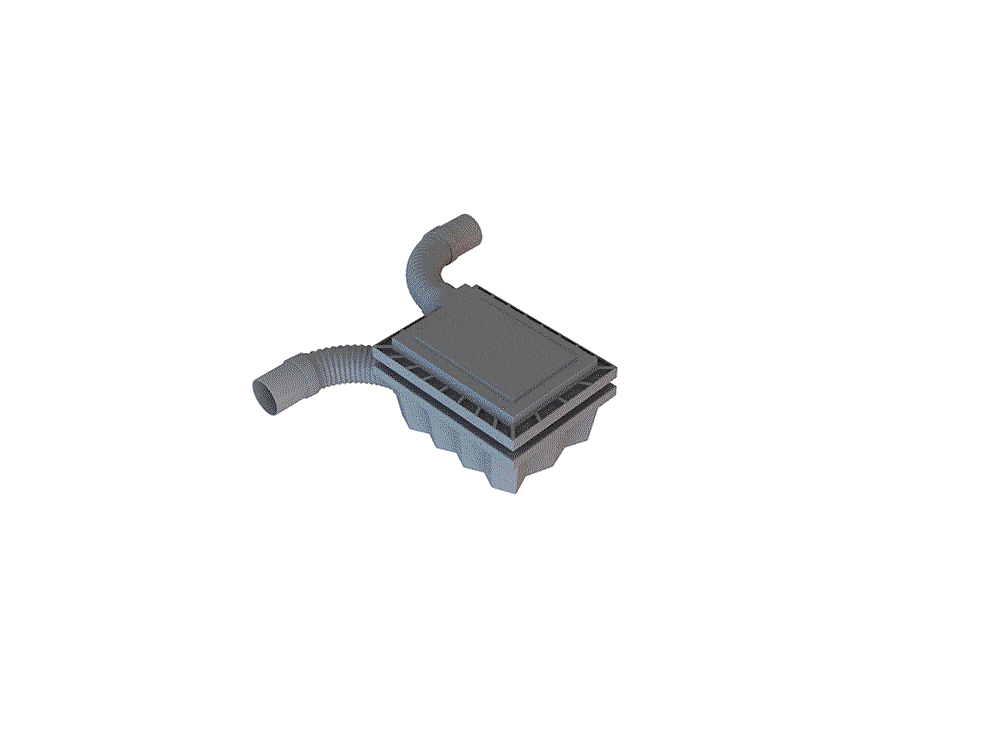


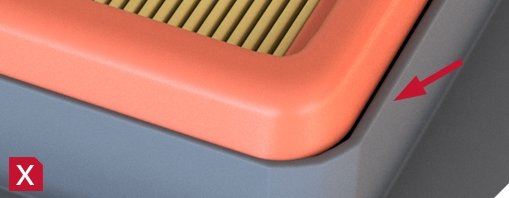
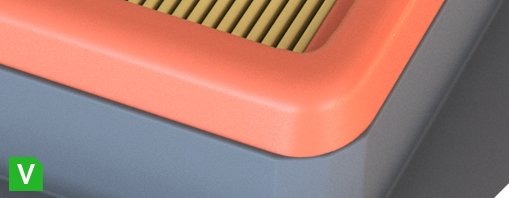
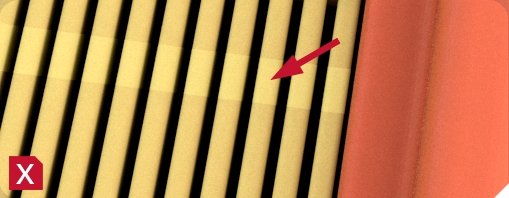
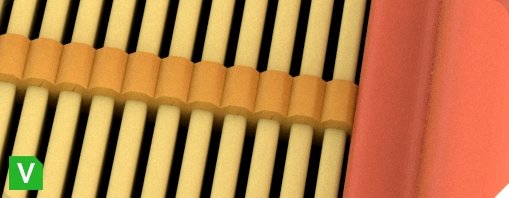
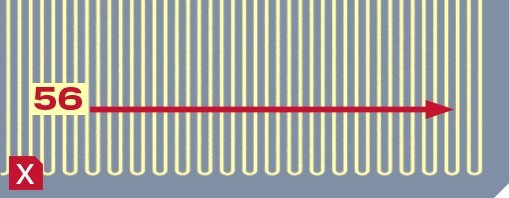
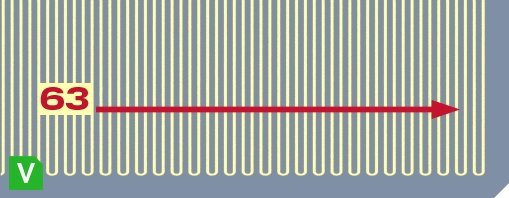
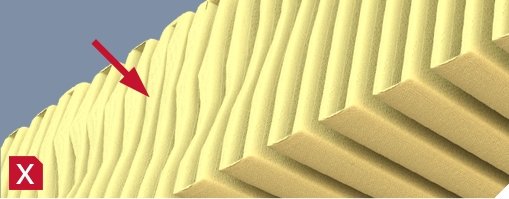
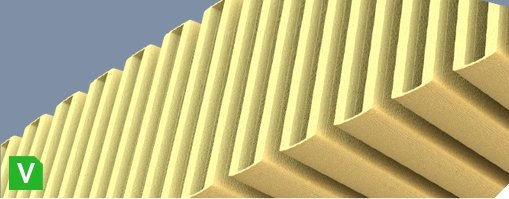
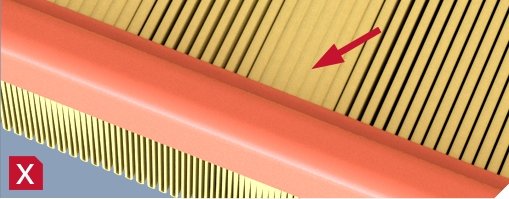
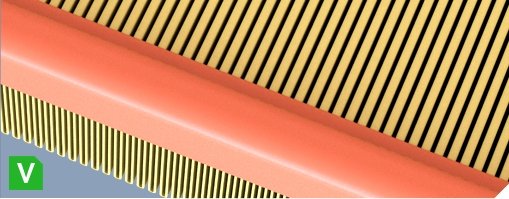
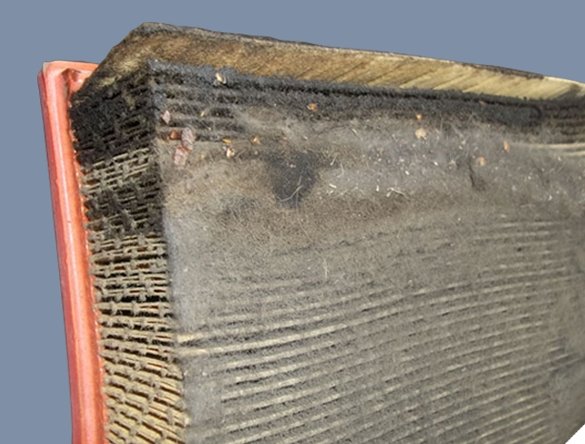
Many car owners, trying to save money, resort to various tricks:
A dirty filter always reduces the air flow capacity, and the engine will have to spend additional energy on air intake, which will contribute to increased fuel consumption. Therefore, replace filters regularly!
